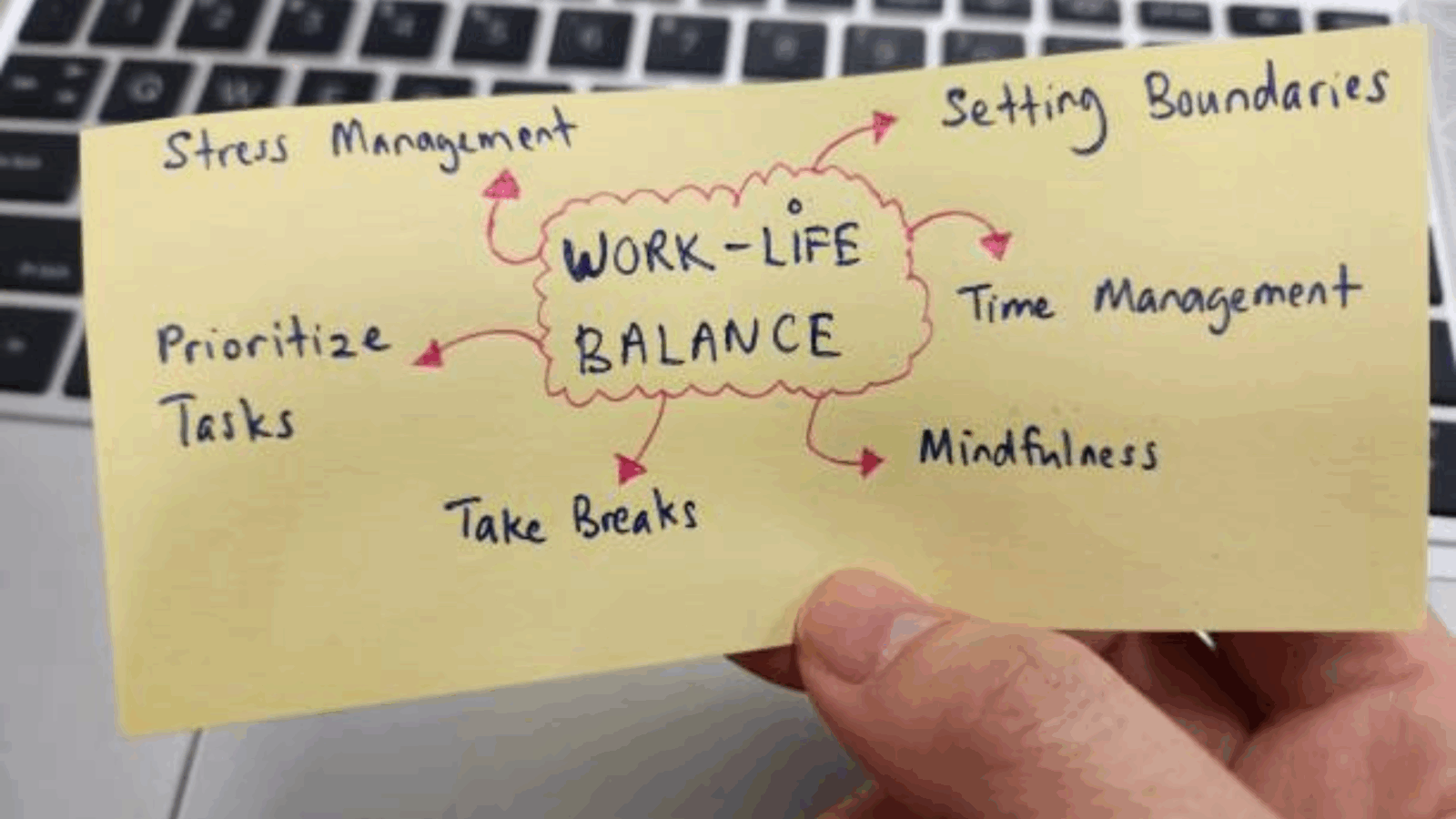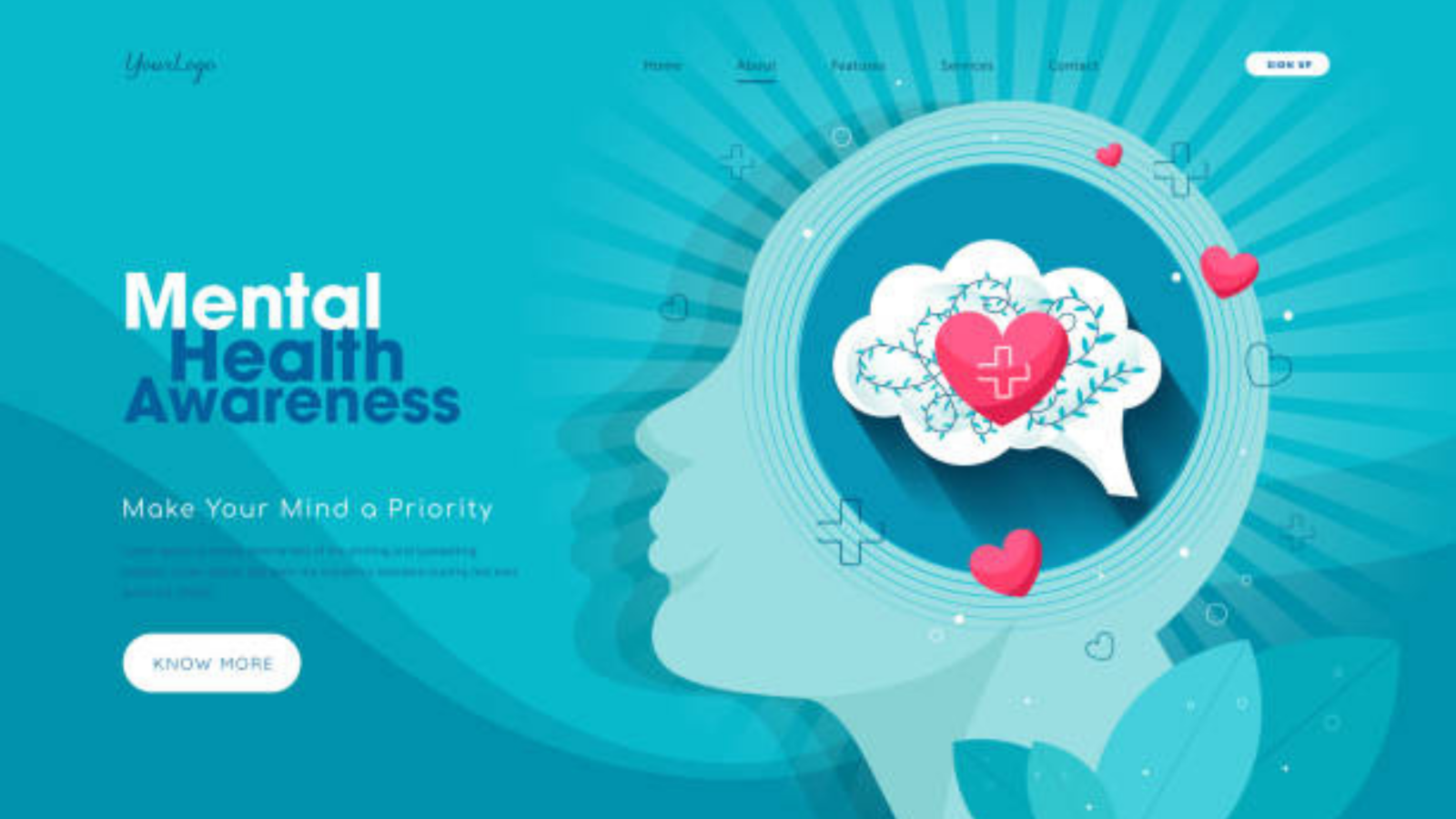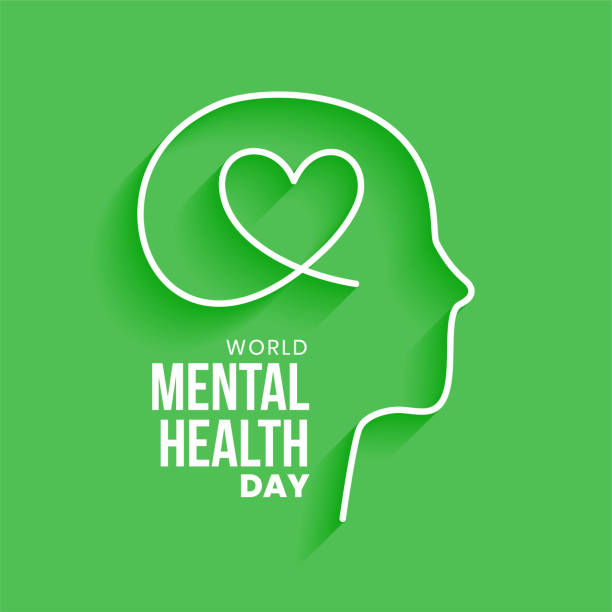Healthy eating has become more than just a trend; it’s a lifestyle choice that influences overall well-being. Whether you’re trying to maintain a balanced diet, manage weight, or simply nourish your body, finding healthy eating options near you can be both exciting and challenging. This blog will guide you through everything you need to know about locating and enjoying nutritious meals in your area. Let’s dive in!
Why Healthy Eating Matters
Healthy eating is not just about avoiding junk food. It’s about consuming a variety of foods that provide essential nutrients to your body. As Hippocrates once said, “Let food be thy medicine, and medicine be thy food.” A well-balanced diet helps:
- Boost energy levels
- Improve mental clarity
- Strengthen the immune system
- Lower the risk of chronic diseases such as diabetes and heart disease
Whether you’re dining out or cooking at home, prioritizing healthy options is a vital step toward a happier, healthier you.

How to Search for “Healthy Eating Near Me”
1. Use Google Maps and Yelp
These platforms are your best friends for finding local healthy eating spots. Simply type “healthy eating near me” or “healthy restaurants near me” to get a list of nearby options. Look for places with high ratings and reviews that mention keywords like “organic,” “fresh,” “vegan,” or “gluten-free.”
2. Check Social Media
Platforms like Instagram and Facebook are treasure troves for discovering trendy healthy eating spots. Search hashtags like #HealthyEating, #CleanEats, or #[YourCity]HealthyEats to find nearby gems.
3. Ask Locals or Friends
Sometimes, the best recommendations come from people in your area. “I discovered one of my favorite healthy cafes through a friend’s suggestion,” shares Sarah, a wellness enthusiast. “Their avocado toast and green smoothies are a game-changer!”
4. Download Healthy Eating Apps
Apps like HappyCow, FoodFinder, and OpenTable can help you locate places that cater to specific dietary needs, such as vegan, keto, or gluten-free options.
Top 5 Healthy Eating Options Near Me (Hypothetical Examples)
- Green Bowl Bistro
- Specialties: Fresh salads, smoothie bowls, and cold-pressed juices.
- Why visit: “Their quinoa avocado bowl is the best thing I’ve ever tasted!” shares a local reviewer.
- The Organic Oven
- Specialties: Gluten-free pastries, vegan sandwiches, and organic coffee.
- Why visit: The perfect spot for guilt-free indulgence.
- Veggie Delight Diner
- Specialties: Vegan burgers, plant-based pasta, and dairy-free desserts.
- Why visit: A haven for those seeking hearty, meat-free meals.
- Mediterranean Magic
- Specialties: Hummus platters, grilled veggies, and lean protein dishes.
- Why visit: Offers a flavorful and balanced Mediterranean diet.
- Farm-to-Fork Café
- Specialties: Locally sourced, seasonal dishes that prioritize fresh ingredients.
- Why visit: Supporting local farmers while eating healthy.
Personal Experience: My Journey to Healthy Eating
I still remember the first time I made a conscious effort to eat healthier while dining out. I had just moved to a new city and felt overwhelmed by the abundance of fast-food options. Determined to stay on track, I googled “healthy eating near me” and stumbled upon a quaint little café that offered organic, farm-to-table meals.
I ordered their grilled salmon with steamed vegetables and a side of quinoa. The flavors were incredible, and I left feeling both satisfied and energized. This experience taught me that healthy eating doesn’t have to be boring or bland—it can be an adventure for your taste buds!
Tips for Making Healthy Choices When Dining Out
- Scan the Menu Look for keywords like “grilled,” “steamed,” “roasted,” and “baked.” Avoid anything labeled “fried” or “creamy.”
- Customize Your Order Don’t hesitate to ask for substitutions. Swap fries for a side salad or request dressing on the side.
- Control Portion Sizes Restaurant portions can be oversized. Consider sharing a dish or taking leftovers home.
- Stay Hydrated Often, we mistake thirst for hunger. Drink water before and during your meal.
- Limit Sugary Drinks Opt for water, herbal tea, or unsweetened beverages instead of soda or sugary cocktails.
Read more related article
Early Pregnancy Symptoms Week by Week: A Personal Journey
Early Pregnancy Symptoms Week by Week: A Personal Journey
Healthy Eating on a Budget
Eating healthy doesn’t have to break the bank. Here are some tips to stay nutritious without overspending:
- Shop Seasonal Produce: Seasonal fruits and veggies are not only fresher but also cheaper.
- Buy in Bulk: Stock up on staples like whole grains, nuts, and seeds.
- Cook at Home: Preparing meals at home gives you full control over ingredients and portions.
- Meal Prep: Plan and prepare your meals in advance to avoid last-minute unhealthy choices.
Common FAQs About Healthy Eating Near Me
1. What makes a meal “healthy”?
A healthy meal is balanced, containing lean protein, whole grains, healthy fats, and a variety of fruits and vegetables.
2. Are fast-food restaurants offering healthy options?
Yes, many fast-food chains now offer healthier menu items like salads, grilled chicken, and low-calorie options.
3. How can I find healthy options at international cuisine restaurants?
Focus on dishes that are steamed, grilled, or stir-fried, and avoid heavy sauces.
4. Can I eat out and still lose weight?
Absolutely! By making smart choices and controlling portions, dining out can fit into a weight-loss plan.
5. Is organic food always healthier?
While organic foods avoid pesticides and GMOs, they aren’t always more nutritious. Balance is key.
Conclusion: Embrace Healthy Eating Near You
Finding healthy eating options near you is easier than ever, thanks to technology and the growing demand for nutritious meals. By exploring local eateries, experimenting with new cuisines, and making mindful choices, you can enjoy delicious meals without compromising your health goals.
Remember, healthy eating is a journey, not a destination. As you explore the options around you, keep an open mind and savor the experience. After all, “Health is a state of body. Wellness is a state of being.” – J. Stanford
Notes
Meta Description: Discover the ultimate guide to finding healthy eating options near you. Learn tips, personal experiences, and top recommendations to enjoy nutritious meals anywhere.
Tags:
- Healthy Eating Near Me
- Nutritious Restaurants
- Local Healthy Dining
- Tips for Eating Out
- Healthy Lifestyle
- Find Healthy Food
- Clean Eating
- Dining Tips
- Budget Healthy Eating
- Healthy Food Choices
Longtail Tags:
- Best healthy restaurants near me
- Affordable healthy eating spots
- Healthy meal options in my city
- Where to eat healthy locally
- Healthy eating for weight loss dining out






